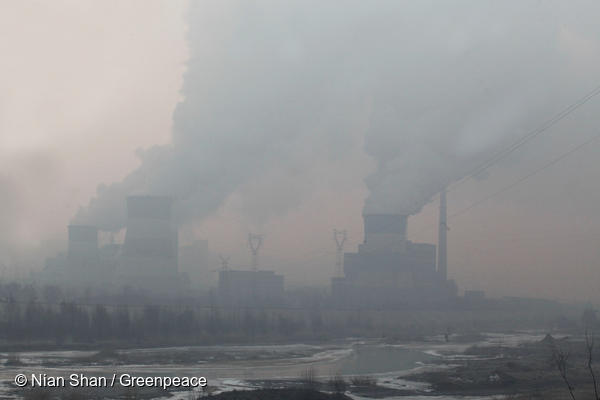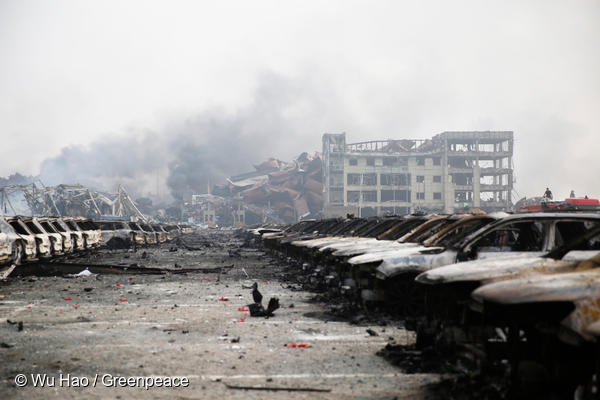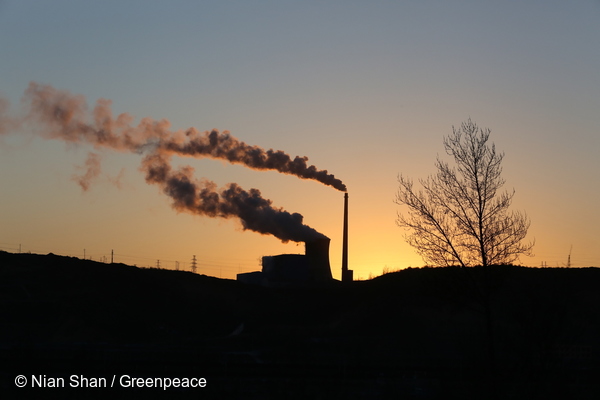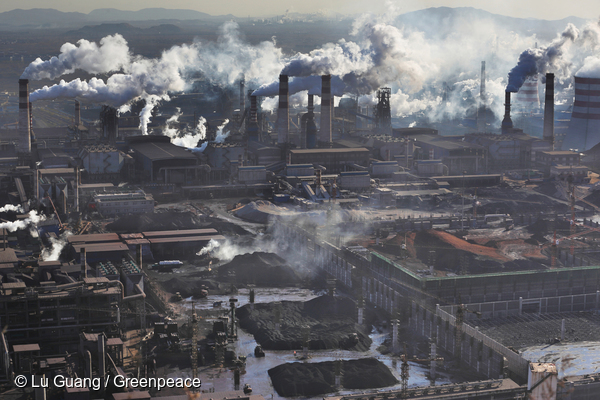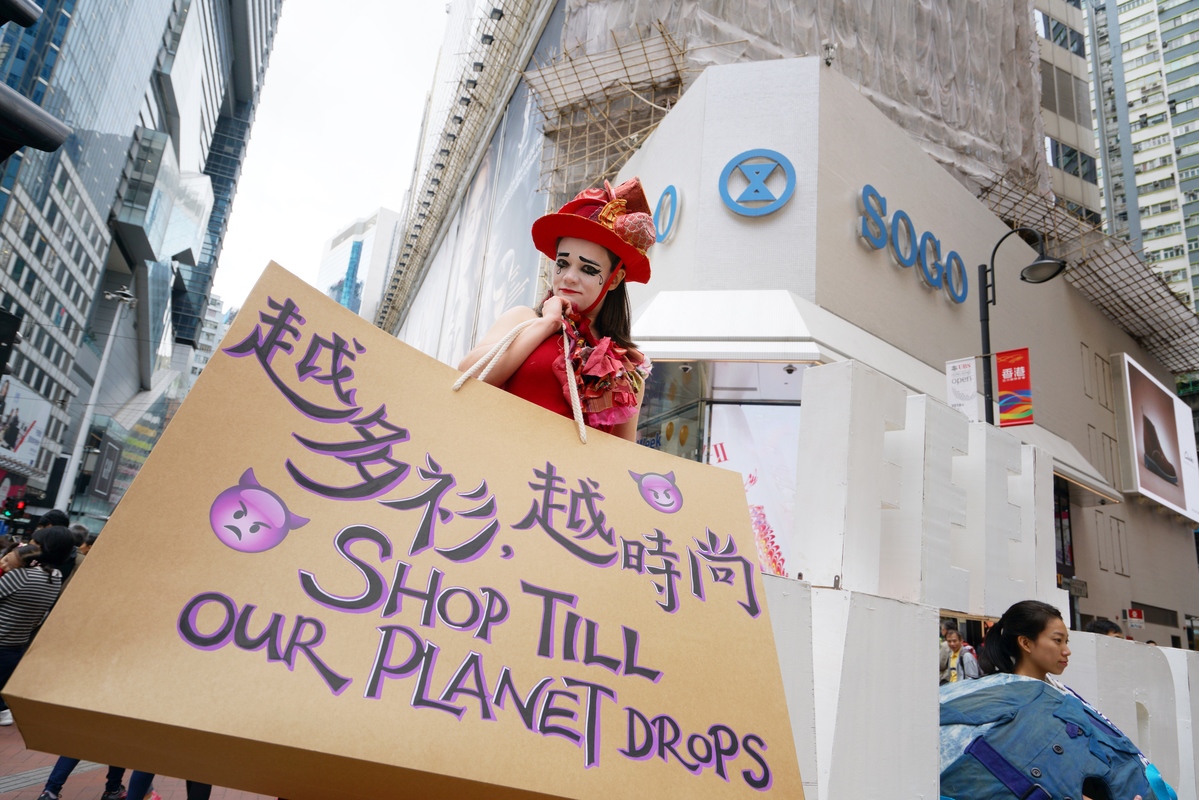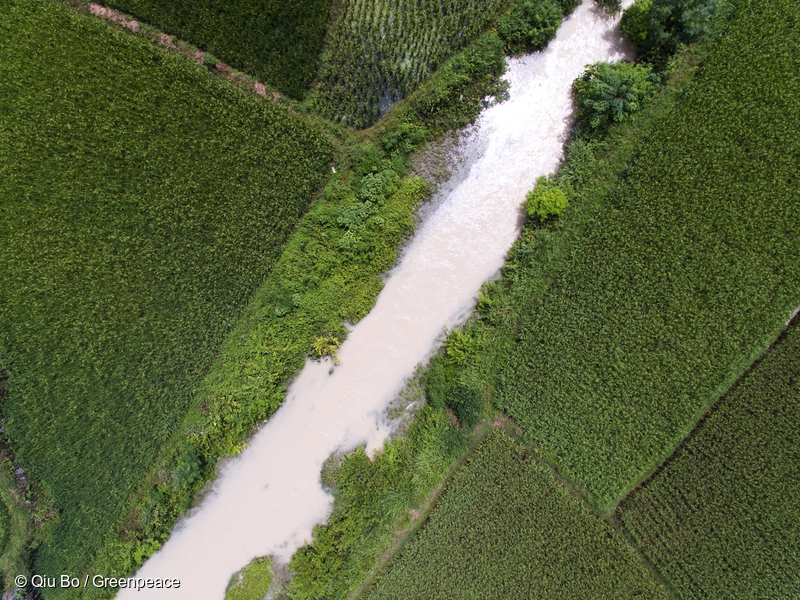All articles
-
Xi’an Environmental Protection Bureau caught tampering with air quality readings – Greenpeace response
Beijing, 25 October 2016 - It is shocking and concerning that the Xi'an Environmental Protection Bureau has consistently falsified air quality readings.[1]
-
Greenpeace finds microplastics in all 5 leading cosmetic retailers : inadequate labelling found in almost 50% of products
Hong Kong, October 12 2016 - A crowdsourcing investigation by Greenpeace East Asia in Hong Kong, has found five leading cosmetics retailers selling products with microplastics, which has increasingly been proven to be damaging to the environment as well as failing to provide clear ingredient labelling on their products. Almost 1,500 products were surveyed in…
-
China averaged 29 chemical accidents per month so far this year – Greenpeace
Beijing, 21 September, 2016 - 232 chemical-related accidents occurred in China from January to August 2016, an average of 29 per month, according to Greenpeace East Asia’s ‘Chemical Accident Counter’. The accidents caused 199 deaths and 400 injuries. The findings demonstrate the lax management of China’s chemicals industry, the world’s largest. In addition, preliminary findings…
-
Greenpeace urges G20 governments to bring Paris Agreement into force this year
Beijing, 5 September 2016 - The Hangzhou G20 communique issued today brings climate change to the center stage of the global political agenda and sends a strong signal for all nations to join the Paris Agreement as soon as possible. Greenpeace urges governments around the world to bring the Paris Agreement into force by the…
-
Over 1 trillion rmb could be wasted on redundant coal power in China – Greenpeace report
Beijing, 13 July, 2016 – Beijing, 13 July, 2016 – Despite government attempts to reign in China’s coal power overcapacity crisis, Greenpeace research finds that a total of over 1 trillion rmb could be wasted on excess capacity by 2020. Despite a new overcapacity policy, China still has enough coal-fired projects in the pipeline to…
-
Greenpeace releases Hong Kong and Taiwan consumer report
HONG KONG, 22 Jun 2016 ¬– A Greenpeace study has found that Hong Kong residents seldom or never wear an estimated HKD 3.9 billion worth of clothing that they have purchased. The study was conducted by TNS, an independent global research agency, to uncover the shopping habits and consumer mentality of people in Hong Kong…
-
Greenpeace East Asia responds to IEA report on Energy and Air Pollution
Beijing, Monday June 27 - The IEA’s report on Energy and Air Pollution, released today, underlines the urgency in moving to clean forms of energy if we are to stop millions of premature deaths around the world. The WHO (World Health Organisation) estimates that 3 million people die every year from outdoor air pollution from…
-
Greenpeace Urges Hong Kong Residents to ‘Buy Smart, Buy Less’
HONG KONG, 23 June 2016 – Today in Causeway Bay, Greenpeace visualized Hong Kongers’ shopping habits in the form of a 2.5m tall ‘Giant Girl’ that wore a dress upcycled from dozens of articles of used clothing and held shopping bags that featured the message ‘100 Clothes But Nothing to Wear?’. The performance art was…
-
Greenpeace calls on Hong Kong Government to demand suspension of Taishan Nuclear Plant amid safety concerns
19 April 2016, Hong Kong – Greenpeace is calling on the Hong Kong government to protect its residents and demand China suspend construction of the world’s largest nuclear reactors amid safety concerns being raised from an identical project in France. The French Nuclear Safety Authority (ASN) confirmed safety issues with a reactor under construction in…
-
China releases its first ever soil pollution prevention plan, Greenpeace response
Beijing, 31 May, 2016 - China’s State Council today released the Soil Pollution Prevention Action Plan, China’s first ever policy plan aimed at tackling the country’s prevalent soil pollution problem. The document aims to ensure that 90% of currently polluted farmland is usable by 2020. Greenpeace East Asia urges the government to strengthen the plan…

